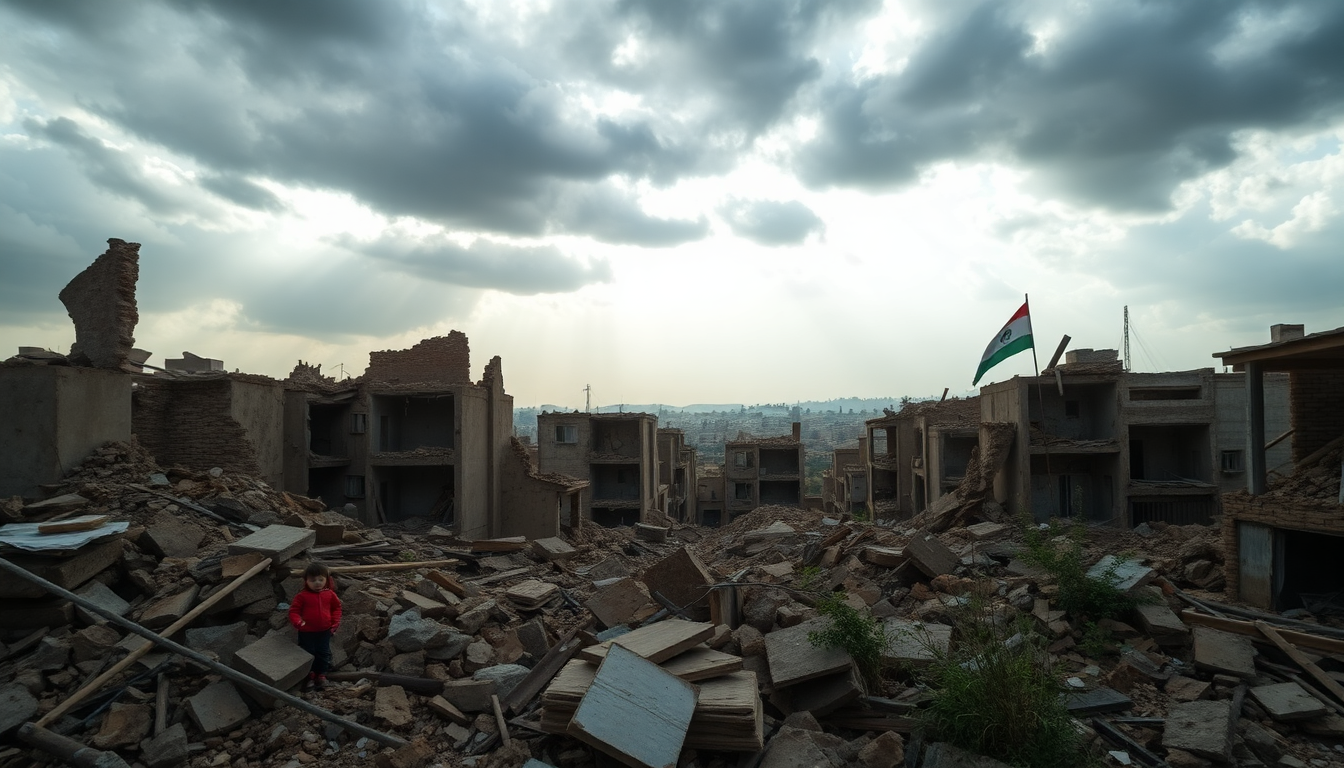Table of Contents
The recent surge in violence in the Middle East has captured global attention, revealing the intricate web of regional tensions and humanitarian crises. But what does this mean for local communities and international relationships? As we delve into the latest developments, it’s essential to grasp their far-reaching implications.
Current Events and Humanitarian Impact
Israel’s military actions in southern Lebanon, particularly the use of sophisticated munitions like ‘bunker buster’ bombs, signal a significant escalation in the ongoing conflict. This strategy reflects a broader tactical aim to dismantle entrenched opposition positions. The consequences of such military actions are profound—not just for the immediate area but also for neighboring regions. How often do these tactics trigger retaliatory measures, further escalating tensions?
Simultaneously, the United Nations has reported an unprecedented number of Palestinian displacements in the West Bank, highlighting the humanitarian crisis that is unfolding. These displacements have a ripple effect, impacting not only those directly affected but also the stability of surrounding areas. The international community is urgently called upon to address these humanitarian issues while navigating a complex political landscape. How can we ensure support reaches those who need it the most?
Moreover, alarming reports of starvation among infants in Gaza serve as a grim reminder of the dire humanitarian conditions worsened by ongoing conflicts. The recent approval of additional humanitarian funding by the U.S. underscores the critical need for support in these ravaged areas. However, questions linger about the effectiveness and safety of aid distribution amidst active hostilities. How can aid organizations navigate these dangerous waters to deliver much-needed assistance?
Political Ramifications and Global Responses
The political landscape surrounding the Middle East conflict is further complicated by anti-government protests in various countries, including Kenya, where at least 16 lives have been lost. Such protests often stem from deep-rooted grievances and can lead to broader instability, complicating international peace efforts. How can we address these underlying issues while seeking resolution in the Middle East?
Recent remarks by the U.S. Secretary of Defense, criticizing media coverage of military operations against Iran, reflect an escalating tension between government narratives and public perception. This dynamic is crucial, shaping responses from various stakeholders and influencing public opinion both domestically and internationally. What role does media play in framing our understanding of these conflicts?
Global figures, including an Australian doctor, have called for recognition of the humanitarian toll of the conflict, stressing the urgent need for a comprehensive response. The international community stands at a crossroads, needing to balance strategic interests with the moral imperative to protect vulnerable populations caught in the crossfire. How can we foster a more compassionate approach to international relations?
Looking Ahead: Prospects for Peace and Stability
As we consider the current trajectory of the Middle East conflict, it’s essential to reflect on both the immediate and long-term implications of these events. The ongoing violence disrupts the lives of millions and poses significant risks to global security. Future diplomatic efforts must focus on sustainable resolutions that address the root causes of the conflict and promote cooperation and understanding. What steps can we take to foster a culture of peace?
In conclusion, while the current situation in the Middle East presents numerous challenges, it also opens doors for meaningful dialogue and engagement. Stakeholders must remain vigilant and proactive in their efforts to promote peace, ensuring that humanitarian needs are met while striving for a stable and prosperous future for all affected regions. Are we ready to take action for a better tomorrow?


